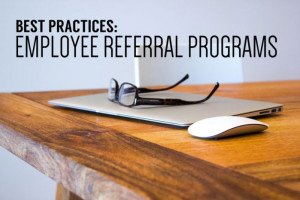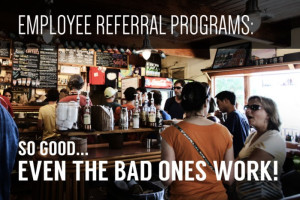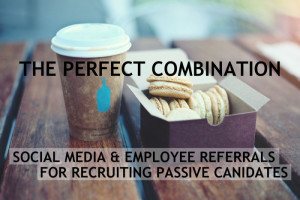September 29
Referrals are the number one source of quality hires. They significantly improve time to hire, and referred candidates consistently outperform candidates hired through other channels.Here are seven best practices for creating a referral program that works:Build a Solid InfrastructureYour referral program needs a solid structure to build upon.“By launching an effective ERP, Vistaprint increased referrals from 19 percent to 42 percent of its total hires in one year.” Source: Wall Street Journal MarketWatchBefore you start asking employees to go out and spread the word about your jobs, you must have a plan.Assess your recruitment needs to help you set goals.Make sure that you understand your team, so that you can tailor t…Read More









